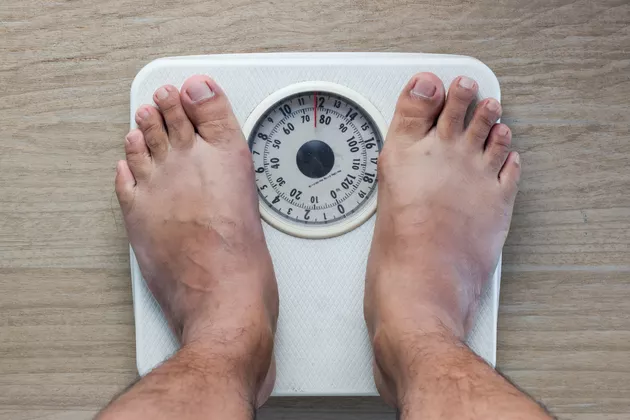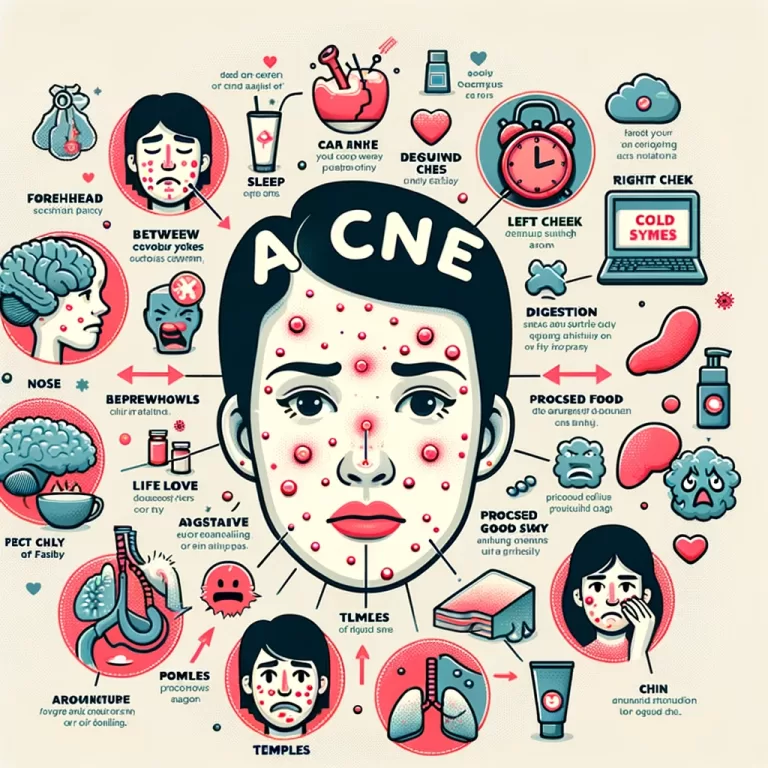what to eat with braces the first week, and How Do You Manage Discomfort?
The first week of getting braces can be a challenging experience, especially when it comes to adjusting your diet. During this period, your teeth may feel sore, and your gums may be sensitive, making it essential to choose foods that are soft and easy to chew. Eating the wrong foods can cause pain and even damage your braces. So, what can you eat with braces the first week? In this article, we’ll provide a comprehensive guide to navigating your diet during the initial days after getting braces, highlighting what foods are safe, how to avoid discomfort, and why maintaining proper nutrition is key to your orthodontic journey.

Understanding the Initial Discomfort with Braces
When braces are first applied, your teeth and gums experience pressure and slight movement, leading to soreness and sensitivity. According to the American Association of Orthodontists (AAO), this discomfort typically peaks within the first three to five days, gradually subsiding as your mouth adjusts. However, in this early phase, hard or sticky foods can exacerbate pain and even damage the brackets and wires, making it crucial to eat wisely.
Common Experiences During the First Week:
- Soreness: Most patients experience a dull ache or soreness in their teeth and gums as the braces begin to shift their teeth into alignment.
- Chewing Difficulty: You may find it harder to chew solid or crunchy foods because of this sensitivity.
- Adjusting to New Hardware: The presence of brackets and wires can make your mouth feel crowded or uncomfortable until you adapt.
The key to minimizing discomfort during this period is choosing soft, non-irritating foods that won’t put extra stress on your teeth and braces.
Best Foods to Eat with Braces During the First Week
The first week with braces calls for a diet that is gentle on your teeth while still being nutritious. Here’s a breakdown of the best foods to eat during this adjustment phase:
1. Soft Fruits and Vegetables
- Mashed Potatoes: Soft, warm, and easy to chew, mashed potatoes provide comfort without putting pressure on sore teeth.
- Bananas and Avocados: These fruits are not only soft but also rich in essential nutrients like potassium and healthy fats, which promote healing.
- Steamed Vegetables: Cooked carrots, zucchini, or broccoli are easy to chew and packed with vitamins, supporting oral health.
Tip: Avoid raw, crunchy vegetables like carrots or apples during the first week. Opt for steaming or mashing them instead.
2. Dairy Products
- Yogurt: A cold, smooth option that’s easy on the teeth, yogurt is also high in calcium, essential for maintaining strong teeth during orthodontic treatment.
- Cheese: Soft cheeses like cottage cheese or cream cheese are excellent options as they’re easy to chew and provide protein and calcium.
- Milkshakes or Smoothies: These offer a way to get nutrients without irritating sore teeth. Add soft fruits like bananas or blueberries for extra nutrition.
Tip: Avoid adding crunchy toppings, such as granola or nuts, to your yogurt or smoothies.
3. Protein-Rich Soft Foods
- Scrambled Eggs: A gentle, protein-packed option that is easy to chew and full of essential nutrients like vitamin D and iron, which are crucial for healing.
- Tofu: For vegetarians or vegans, tofu is a soft, protein-rich food that’s easy to chew and can be flavored in various ways.
- Chicken or Fish: Shredded, soft-cooked chicken or flaky fish like salmon are gentle on the teeth and provide protein for overall health.
Tip: Make sure the protein is cooked until soft and avoid overly chewy meats like steak, which can stress the braces.
4. Grains and Starches
- Oatmeal: A warm, filling option that is gentle on sensitive teeth and provides a healthy source of fiber.
- Pasta and Rice: Cook these until soft. Whole grain pasta or rice provides necessary carbohydrates without putting strain on your teeth.
- Soft Bread or Pancakes: Make sure to avoid crusty breads or toast, which can be too hard during the first week.
Tip: Avoid sticky foods like pizza crust or bagels that can get caught in the braces.
5. Soups and Broths
- Broth-Based Soups: Soups like chicken noodle or tomato soup provide warmth and comfort without requiring much chewing.
- Cream Soups: Creamy soups like butternut squash or potato soup offer both softness and nutrients.
Tip: Make sure that soups aren’t too hot, as heat can increase sensitivity in the mouth during the first few days.
Foods to Avoid with Braces the First Week
While soft foods are recommended, certain foods should be avoided in the first week (and often throughout the duration of wearing braces) to prevent discomfort or damage to the braces.
1. Hard and Crunchy Foods
- Popcorn: Kernels can get stuck in the braces, causing irritation and potential damage.
- Raw Vegetables and Fruits: Carrots, apples, and similar foods are too hard and can put stress on the brackets and wires.
- Nuts and Seeds: Small and hard, these foods can dislodge or break parts of the braces.
2. Sticky and Chewy Foods
- Chewing Gum: Can get tangled in the braces and is difficult to remove.
- Caramel and Taffy: These sticky candies can pull on brackets or wires, potentially causing breakage.
- Gummy Candy: Like caramel, gummy candy can get stuck between the brackets and is challenging to clean out.
3. Tough Meats
- Steak or Beef Jerky: Tough meats can strain sensitive teeth and even cause damage to the braces.
Avoiding these foods not only reduces the risk of damaging the braces but also helps minimize discomfort during the adjustment period.
Managing Discomfort with Braces: Additional Tips
In addition to adjusting your diet, there are several ways to ease the discomfort associated with braces during the first week.
- Use Orthodontic Wax: Apply orthodontic wax to brackets or wires that are causing irritation to your cheeks or gums.
- Take Over-the-Counter Pain Relief: Painkillers such as ibuprofen or acetaminophen can help reduce inflammation and pain.
- Rinse with Saltwater: A warm saltwater rinse can soothe sore gums and reduce any swelling.
- Cold Foods and Ice Packs: Cold temperatures help numb the pain and reduce inflammation. Eating cold foods like yogurt or applying an ice pack to the outside of your jaw can offer relief.
- Avoid Excessive Chewing: Try to avoid overworking your teeth by eating softer foods and chewing slowly to reduce stress on your teeth and gums.
Maintaining Nutrition with Braces
Maintaining a nutritious diet is critical during orthodontic treatment, especially in the first week. While you may need to make some adjustments, it’s still possible to consume a balanced diet rich in vitamins and minerals to support both oral health and overall wellness.
Key Nutrients for Healthy Teeth with Braces:
- Calcium: Found in dairy products, leafy greens, and fortified plant milks, calcium is essential for strong teeth and bones.
- Vitamin D: Supports calcium absorption, making it crucial for maintaining dental health. Vitamin D can be obtained from fortified foods and sunlight.
- Phosphorus: Found in eggs, nuts, and meat, phosphorus works in tandem with calcium to build strong teeth.
- Magnesium: Present in leafy greens, whole grains, and nuts, magnesium supports overall bone and tooth strength.
- Vitamin C: Important for gum health, vitamin C is found in fruits and vegetables like oranges, bell peppers, and strawberries.
While it might seem difficult to maintain a balanced diet with these restrictions, planning your meals ahead and focusing on soft, nutritious options can help keep your body and teeth in optimal health.
Conclusion
Eating with braces the first week can be challenging, but by selecting soft, nutrient-rich foods, you can alleviate discomfort and ensure your teeth are supported throughout the adjustment period. Stick to foods like yogurt, mashed potatoes, scrambled eggs, and soft-cooked vegetables to minimize pain while still maintaining a healthy diet. Avoid hard, crunchy, and sticky foods that can damage your braces or prolong discomfort. By carefully managing your diet and implementing tips for pain relief, your transition to wearing braces will be smoother, ensuring the long-term success of your orthodontic treatment.
By planning your meals and understanding what to eat with braces during the first week, you can make the adjustment period more comfortable while protecting your braces from damage.





